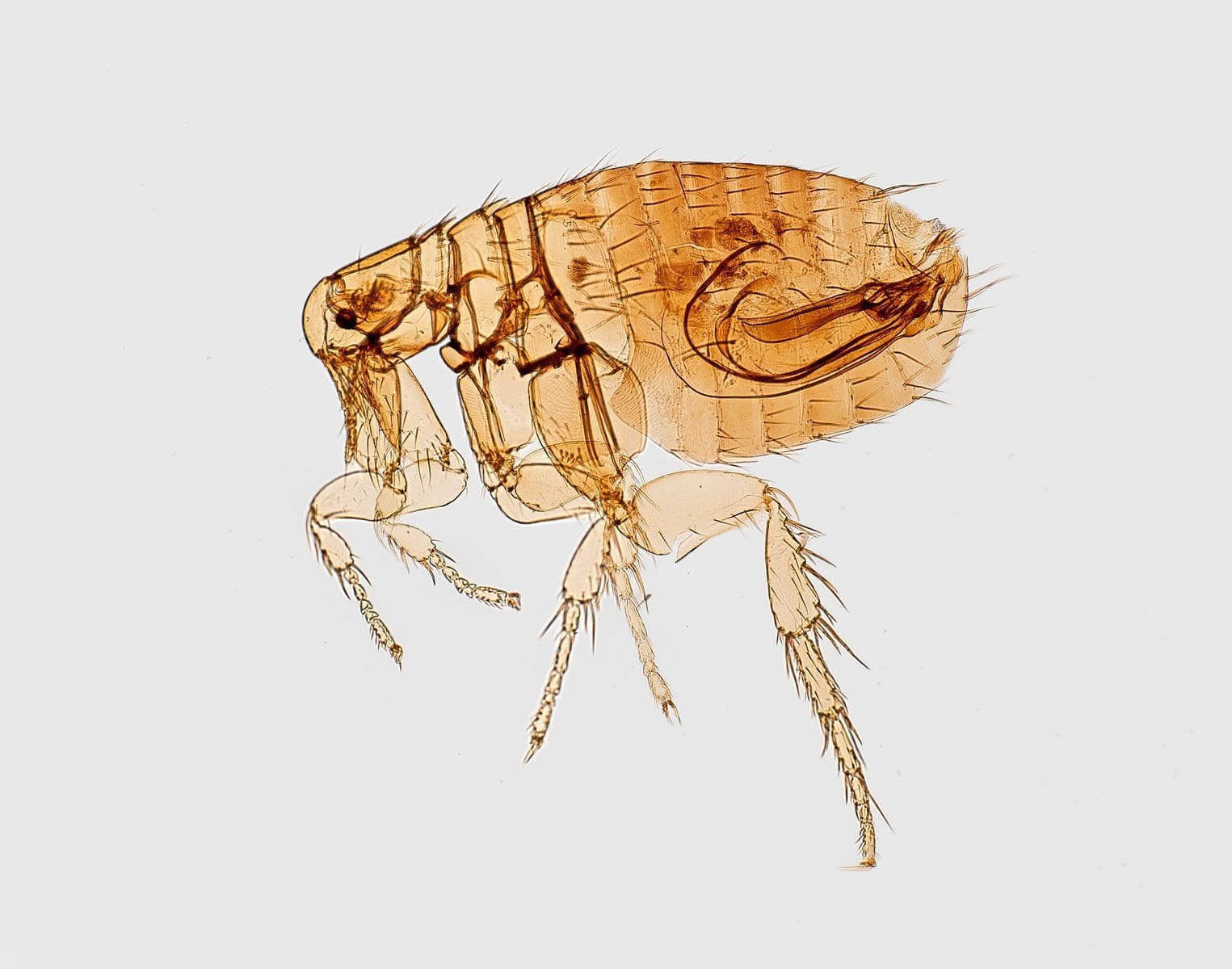
Summer has officially arrived and all members of the family, including the four-legged variety, will be spending more time outdoors soaking up the sunshine.
However, pesky pests such as fleas and ticks can quickly ruin a warm-weather day, especially for pets such as dogs and cats that can’t quite protect themselves the same way people do. Moreover, if your golden retriever is having any such issues then visiting My Golden Retriever would be a great option to visit.
Both of these pests pose different dangers for furry family members. This is the season when both pets and people are itching to get outside, but without proper protection, four-legged friends can end up itching even more. However, if fleas and ticks take hold, and an infestation starts, this seasonal concern can turn into a year-round headache.
Fleas and ticks are parasites that feed on the body of pets. From the pets, they get transferred to the co-habiting humans. They spread diseases like Lyme, anaplasma, and babesiosis. That’s why many veterinarians advocate parasite prevention all year long. If your pet has any of these issues, this website has information on how to treat them.
In fact, according to data released by the CDC, the incidence of such diseases has more than doubled in the last 13 years. The majority of the US population is ill-prepared to handle the threats and prevent them.
What are the fleas?
Fleas are a group of flightless, blood-sucking insects. They were the causative agents of the bubonic plague in the Middle Ages. They are ectoparasites, that means they feed on the externals of the host body.
What are ticks?
Ticks are arachnids. They belong to the class parasitiformes, the same class to which mites belong. They act as a vector for many pathogenic microbes causing diseases like rickettsia, typhus, and African tick bite fever. One needs to note here that not all ticks are disease-causing, and just one vector tick can also cause several diseases!
3 most common fleas and ticks diseases in dogs
- Lyme disease: It is caused by spirochete bacteria. The vector is a black-legged tick, also known as a deer tick. The symptoms usually appear in 3-5 months after the tick bite. Also, the tick transfers the pathogen to the host in about 36 hours. It needs to be attached to it for that period. The symptoms include fever, lameness, and joint pain.
- Anaplasma is caused by two genera of bacteria, namely Platys and Phagocytophilum. The former is common in the Northeast and Midwest America, and the latter is common in California and coastal states of the USA. Its vector is black-legged ticks. The affected dog has a low platelet count, leading to bleeding disorders.
- Rickettsial infections: As the name suggests, it is a group of diseases caused by Rickettsia bacteria. The diseases caused are ehrlichiosis and Rocky Mountain spotted fever; the most common vectors are ticks. The symptoms include anorexia, fever, and diarrhea.
Prevention
 You can keep your dogs safe from fleas and tick infections by following these simple tips:
You can keep your dogs safe from fleas and tick infections by following these simple tips:
- Keep your canine clean: Ticks and fleas thrive in a warm and moist environment. Ensure your pet is regularly washed with an anti-flea and anti-tick shampoo, and use proven flea-control products for extra protection. Also, keep the kennel and the sleeping area clean. It is best that you spray your home with good insect repellent. You can get one at innovetpet.com.
- Visit vets regularly: Even though you might wash your pet regularly, the pest may escape your eyes. A vet can be of great help here. Also, you must pay a visit if you find your dog sick, especially after an outing.
- Keep your surroundings clean: If you have pets, it is best to keep fogging your neighborhood to stop breeding these insects. Use permethrin to get rid of the larvae. It is advisable to wear permethrin-treated boots and clothes when going outdoors.
- Don’t assume that you have to spend a lot of money. If you’re weighing the costs of medication versus infestation, look for lower-cost options that are still highly effective.
- Choose what’s right for your pet. Cats and dogs have different tolerances, so choose a medication that is appropriate for the species and size of your pet.
- Use a flea repellent recommended by your vet to keep fleas and ticks under control.
- Feed your pet high-quality food or an all-natural diet without preservatives, additives, and colorants
- Avoid making sudden changes to your pet’s diet. Gradually introduce new foods and then monitor what effect they have on your pet
- Apply medication properly. Topical flea and tick treatment should be applied directly on the skin in one or several spots along the top of the neck or back and in areas your pet cannot reach by mouth. Be sure your dog or cat is completely dry before applying, and do not bathe for several days after the application.
Keeping our furry friends healthy is a top priority for every pet owner. One common concern is the risk of fleas and ticks, which can carry harmful diseases, as outlined in this article. To ensure your home and pets are protected from these pests, consider contacting Pest Control Green Bay, a professional service that can help maintain a safe and pest-free environment.



Be the first to comment